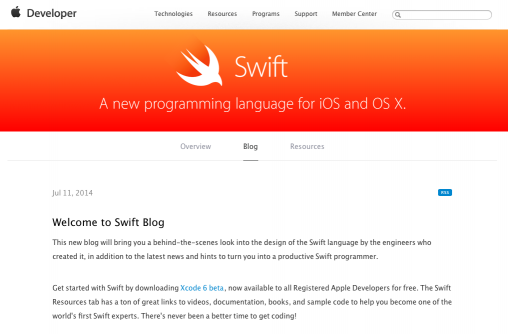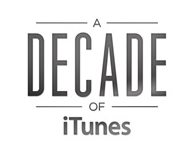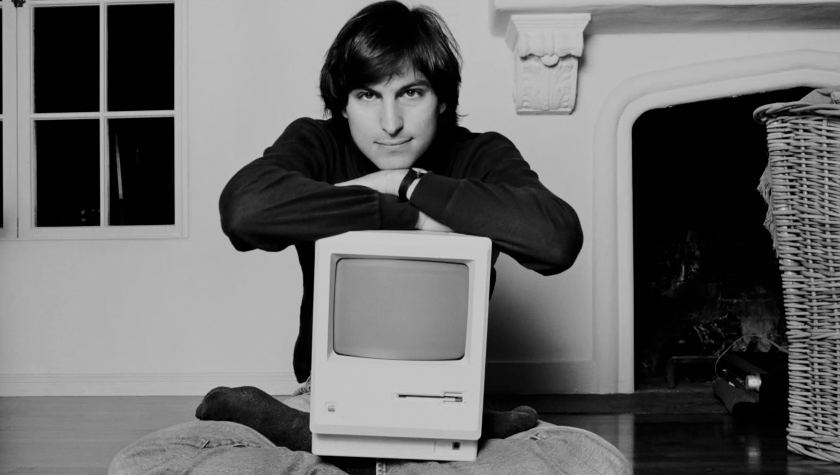
Steve Jobs: 1955-2011
Steven P. Jobs, the co-founder and former CEO of Apple, has died, according to a statement released by Apple’s Board of Directors:
We are deeply saddened to announce that Steve Jobs passed away today.
Steve’s brilliance, passion and energy were the source of countless innovations that enrich and improve all of our lives. The world is immeasurably better because of Steve.
His greatest love was for his wife, Laurene, and his family. Our hearts go out to them and to all who were touched by his extraordinary gifts.
Earlier this evening, his family issued this statement:
Steve died peacefully today surrounded by his family.
In his public life, Steve was known as a visionary; in his private life, he cherished his family. We are thankful to the many people who have shared their wishes and prayers during the last year of Steve’s illness; a website will be provided for those who wish to offer tributes and memories.
We are grateful for the support and kindness of those who share our feelings for Steve. We know many of you will mourn with us, and we ask that you respect our privacy during our time of grief.
In recent years, Jobs has battled a rare form of pancreatic cancer and underwent a liver transplant and took two medical leaves from the company. In late September, he stepped down as CEO of Apple, saying “I have always said if there ever came a day when I could no longer meet my duties and expectations as Apple’s CEO, I would be the first to let you know. Unfortunately, that day has come.” He was named Chairman of Apple’s Board of Directors, a position he held at the time of his death.
Jobs famously asked John Sculley if he wanted to “sell sugar water for the rest of your life or come with me and change the world?” and he did just that, transforming entire industries with visionary devices and software including the original Macintosh, the iMac, iPod, iTunes, iPhone and iPad. He took Apple from a startup that assembled computers in a garage to arguably the most successful company in history, and along the way lead the company through one of the most dramatic turnarounds in corporate history.
In addition to running Apple, Jobs also ran NeXT, whose NeXTSTEP operating system became the basis for MacOS X; and Pixar, a computer animation company that produced such hits as “Toy Story,” “Finding Nemo,” “The Incredibles,” “Up” and others. When Pixar was acquired by Disney, Jobs was named to Disney’s Board of Directors.
Apple’s website offers a tribute to Jobs, a single black and white photo with the text “Steve Jobs 1955-2011.” The company is encouraging the public to share their “thoughts, memories, and condolences” by sending an email to rememberingsteve@apple.com.
Bill Gates, founder and former CEO of Microsoft and sometimes-partner/sometimes-nemesis of Jobs, posted a statement on his personal blog:
I’m truly saddened to learn of Steve Jobs’ death. Melinda and I extend our sincere condolences to his family and friends, and to everyone Steve has touched through his work.
Steve and I first met nearly 30 years ago, and have been colleagues, competitors and friends over the course of more than half our lives.
The world rarely sees someone who has had the profound impact Steve has had, the effects of which will be felt for many generations to come.
For those of us lucky enough to get to work with him, it’s been an insanely great honor. I will miss Steve immensely.
From Job’s bio on the Apple website:
Steve Jobs is the Chairman of the Board of Apple, which he co-founded in 1976. Apple is leading the consumer technology world with its revolutionary iPhone and App Store, its family of iPod media players and iTunes media store, and its Mac computers and iLife and iWork application suites. Apple recently introduced iPad 2 which is defining the future of mobile media and computing devices.
Steve also co-founded and was the CEO of Pixar Animation Studios, which created some of the most successful and beloved animated films of all time including Toy Story, A Bug’s Life, Monsters, Inc., Finding Nemo, The Incredibles, Cars and Ratatouille. Pixar merged with The Walt Disney Company in 2006 and Steve now serves on Disney’s board of directors.
Steve grew up in the apricot orchards which later became known as Silicon Valley, and still lives there with his family.



